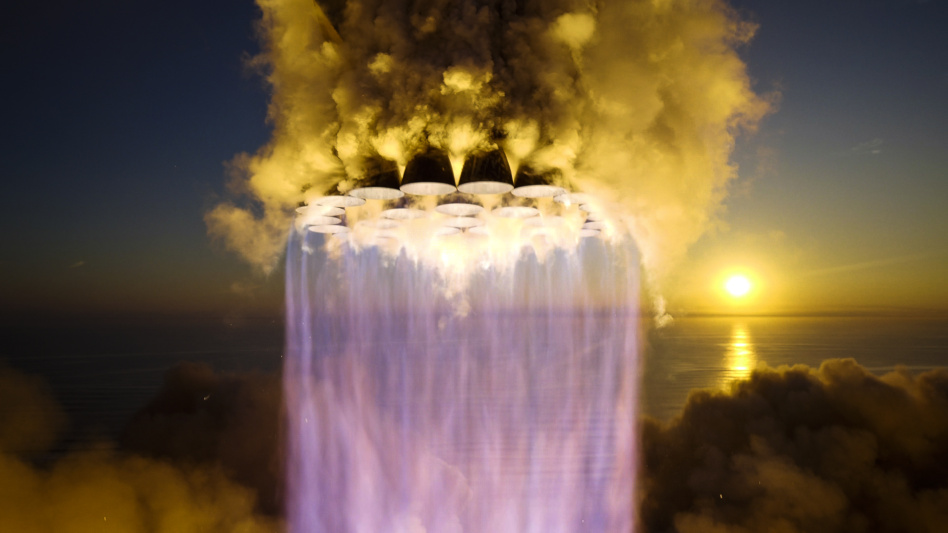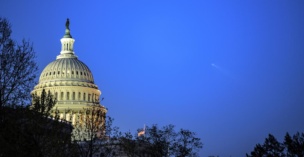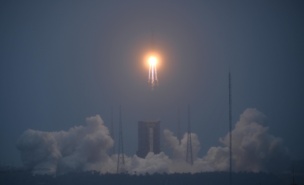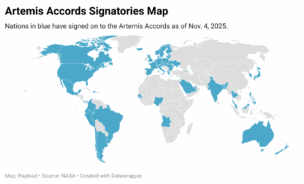The road to Starship’s next test flight runs through Washington.
During Saturday’s flight, Starship made big strides, reaching space before blowing up at an altitude of 148 km, way above the 39 km attained during its first flight in April. But it still fell short of a few goals, including reaching suborbital flight before splashing down in the ocean.
Elon Musk said he expects hardware to be ready to try again in three to four weeks. But when SpaceX can fly is also up to the FAA, which lawmakers dinged for its sluggish process of clearing the launch giant for its second flight.
The FAA’s role: The FAA’s Office of Commercial Space Transportation is responsible for keeping the public safe during launch and re-entry operations. In addition to authorizing launch and re-entry missions, the FAA also investigates less serious commercial spaceflight mishaps and makes recommendations for improvement (any accident with a fatality or major damage to public property is investigated by the NTSB).
On Saturday, the FAA confirmed that it will investigate the “anomaly” during Starship’s test flight, adding that there were no injuries or public property damage.
“The FAA will oversee the @SpaceX-led mishap investigation to ensure SpaceX complies with its FAA-approved mishap investigation plan and other regulatory requirements,” the agency wrote on X.
The timeline: The FAA approved the license for Starship to launch again on Nov. 15—209 days after the craft’s previous launch attempt on April 20. However, SpaceX only sent the FAA its final mishap report in August, after rebuilding the launch pad and adding a water deluge system. For another point of comparison, the FAA cleared Rocket Lab to resume launches on Oct. 25, just 36 days after its anomaly.
After Saturday’s flight, Elon Musk thanked the FAA for its “rapid approval of a complex launch license,” in a post on X. But lawmakers have complained that the FAA’s pace was anything but rapid, especially as NASA’s drive to return humans to the lunar surface hinges on Starship’s success.
“Sen. [Jerry] Moran has been concerned for years regarding the backlog in the FAA’s regulatory process including in both the commercial and space sectors,” a spokesperson for the Kansas Republican told Payload. “The senator has engaged with the space industry on how to be helpful and had multiple discussions with FAA Administrator Whittaker on this issue.”
It’s also something Sen. Ted Cruz (R-TX) has previously worried about. In an October hearing, Cruz asked William Gerstenmaier, SpaceX’s VP of build and flight reliability, about how much governmental bureaucracy was slowing down the company’s ability to quickly fly, iterate, and test again.
“It’s a shame when our hardware is ready to fly and we’re not able to go fly because of regulations,” Gersteinmaier replied. “The pace of our test flight should not be governed by the regulation.”




